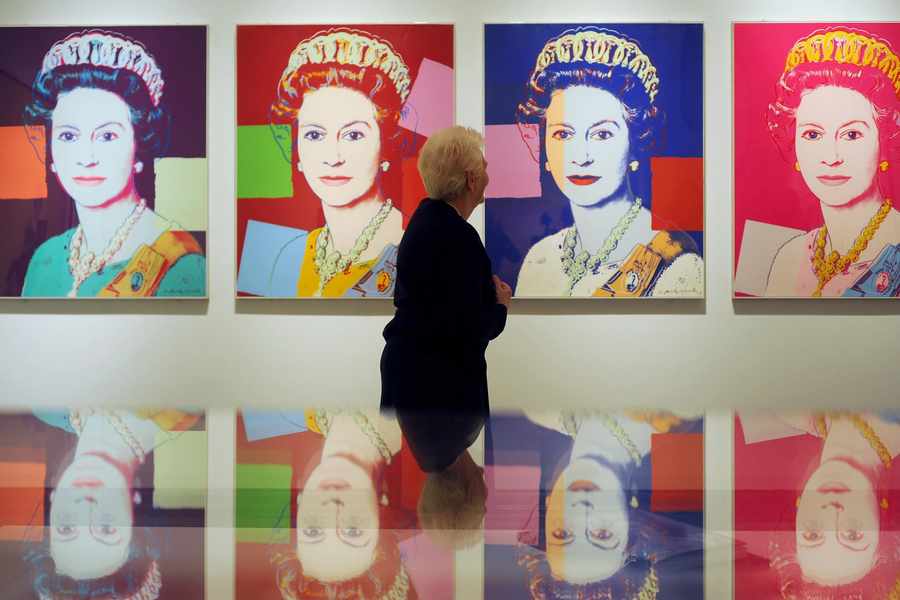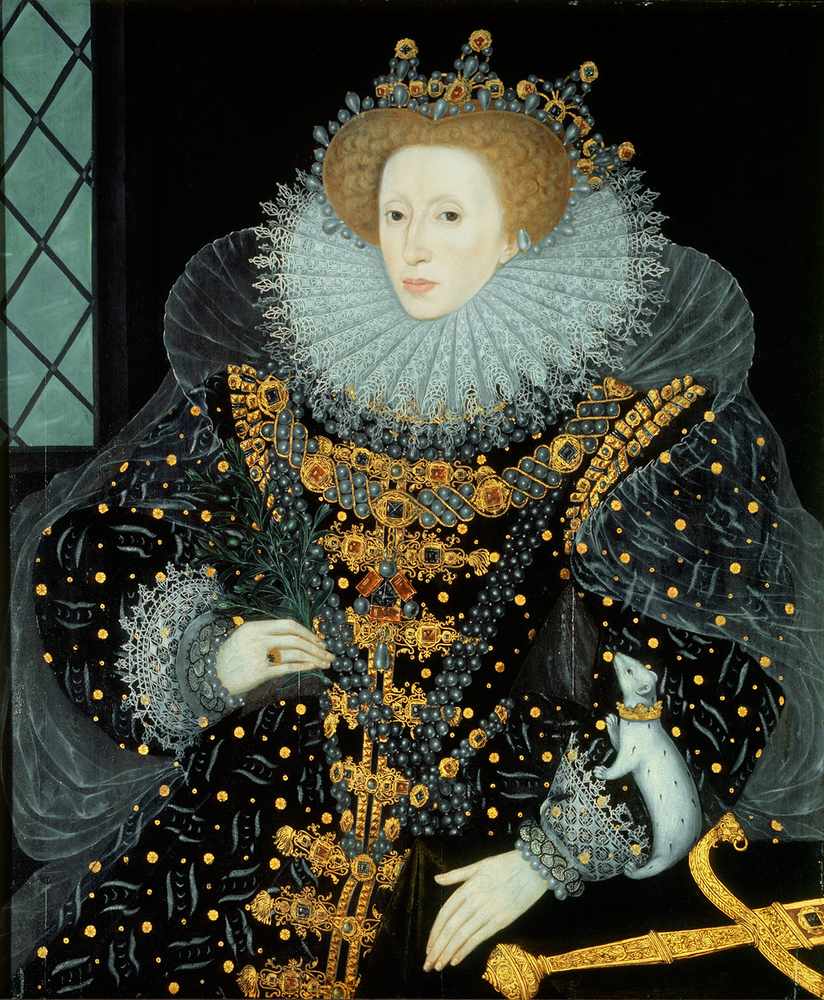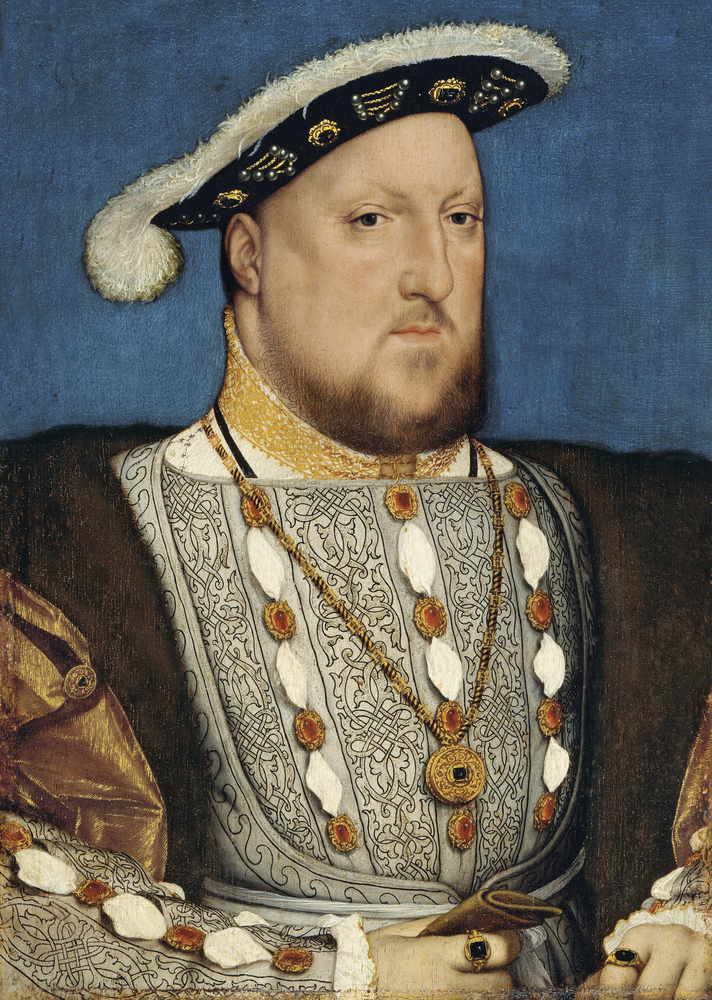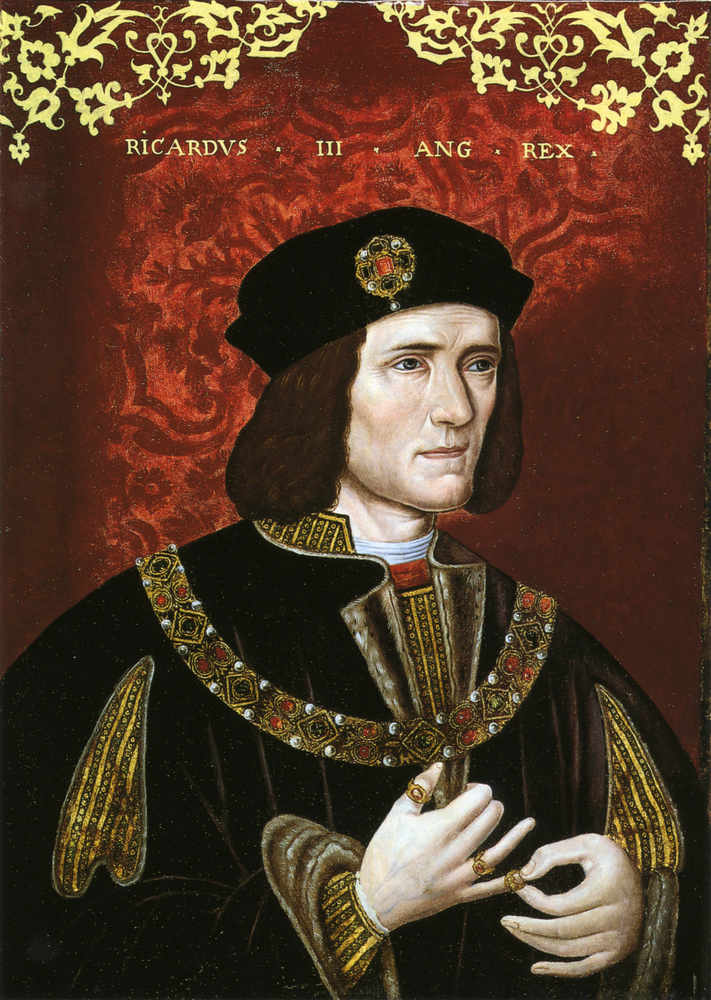- Photo print of the Queen to be auctioned
- Expected to fetch around £25,000
- Image was one of 10,000 taken to create a holographic image of the Queen
A PHOTOGRAPHIC portrait of the Queen taken as she sat for an artistic commission which cost Jersey taxpayers £150,000 was due to be auctioned today in London – with a catalogue estimate of £25,000.
British artist Chris Levine produced the first 3D holographic portrait of the Queen in 2004 for the Island’s celebrations of 800 years of loyalty to the Crown. It was unveiled by Prince Charles in June that year.
The photographic print due to go under the hammer today at Christie’s auctioneers was produced by Mr Levine in 2008 from the more than 10,000 individual images he took at two sittings with the Queen at Buckingham Palace for the Jersey commission.
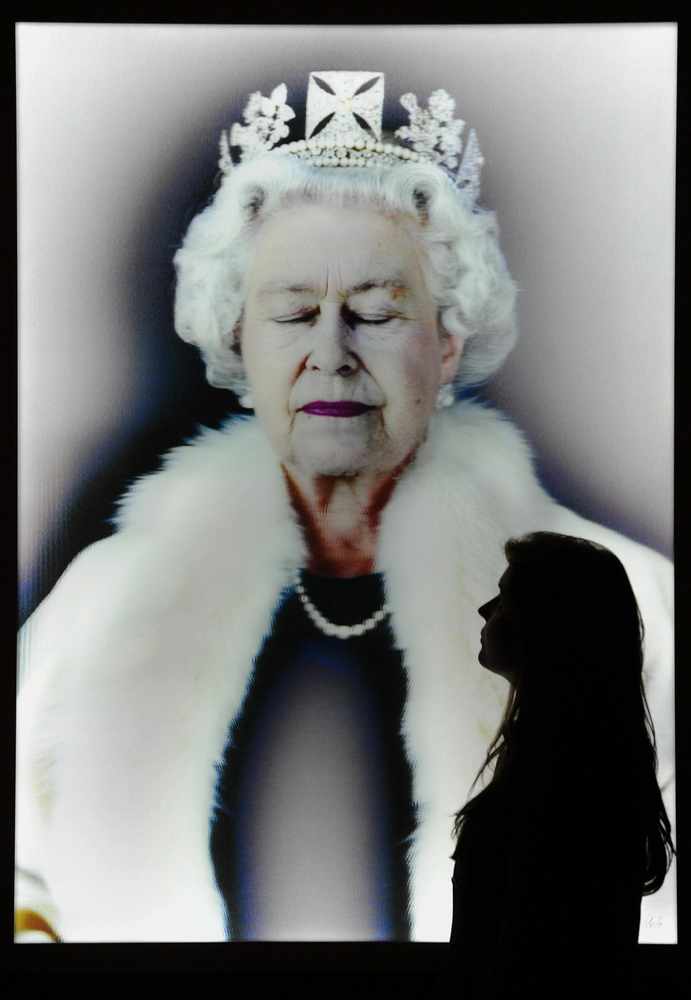
In 2012, the States donated the original holographic portrait to the National Portrait Gallery as further demonstration of the Island’s loyalty to the Crown in the Queen’s Diamond Jubilee year.
Jersey Heritage director Jon Carter, who handled the commission for the States, said: ‘In the decade since Jersey Heritage commissioned the portrait to celebrate Jersey’s links with the Crown the works have become some of the defining images of the reign. They continue to be a tremendous ambassador for Jersey overseas.
‘The Island has had enormous value from the commission in many ways through exhibitions in venues like the National Portrait Gallery, for example, through diplomatic presentations by the States, through stamps and banknotes. Coverage like this just shows how the works are maintaining their significance in the art market.’
However, he was not available to comment on whether the States would be receiving a commission from the auction sale.
A total of £787,000 of States money was spent on marking the landmark in Jersey’s history. In addition to the holographic portrait, £95,000 was spent on two official history books, £50,000 was paid for a ‘theatre in education’ project which toured Island primary schools, and a community wood project in St Catherine cost £11,000. A series of medieval concerts cost £12,000, with £5,000 paying for sculpture workshops.
However, the bulk of the States grant, £326,000, was spent on a three-day medieval fête at Gorey.
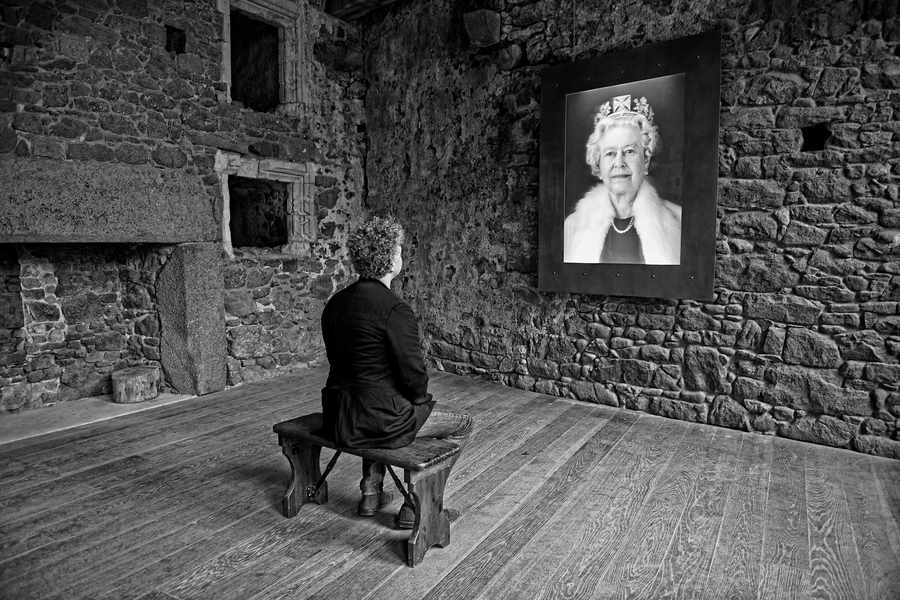
Watch artist Chris Levine talk about how he created the holographic image of the Queen:
BEING chosen to produce official portraits of Kings and Queens has always been seen as one of the highest honours for professional artists.
Traditionally court painters produced pictures of members of royal or noble families and were often given a salary and a formal title.
During the Middle Ages and into the Renaissance they also carried out decorative work or temporary fresco paintings and displays for court events and parties. In England this role was given to the ‘Serjeant Painter’, which meant the ‘King’s Painter’ or ‘Queen’s Painter’ was free to work on portraiture.
In other countries court painters held dual roles and sometimes served as diplomats or administrators.
But, by the 20th century the position of court painter had become antiquated. Instead different artists were granted permission by royalty to paint or take photographs for official portraits.
Here are a few familiar royal works of art:
